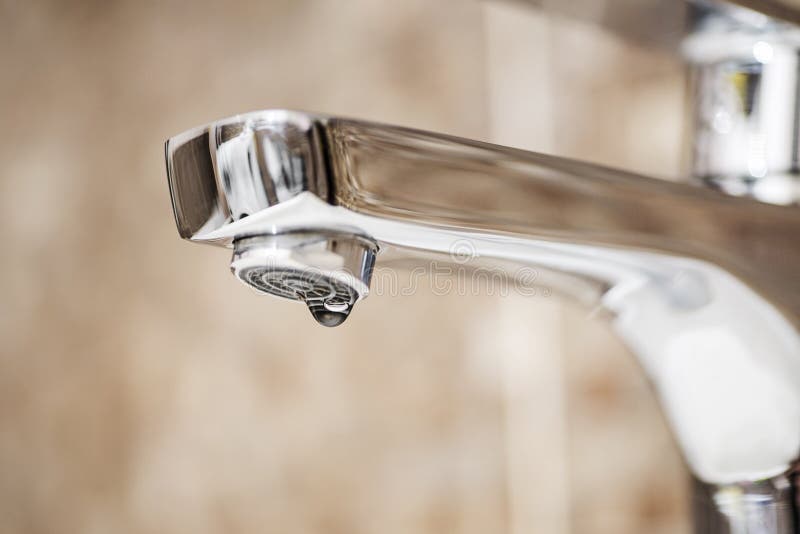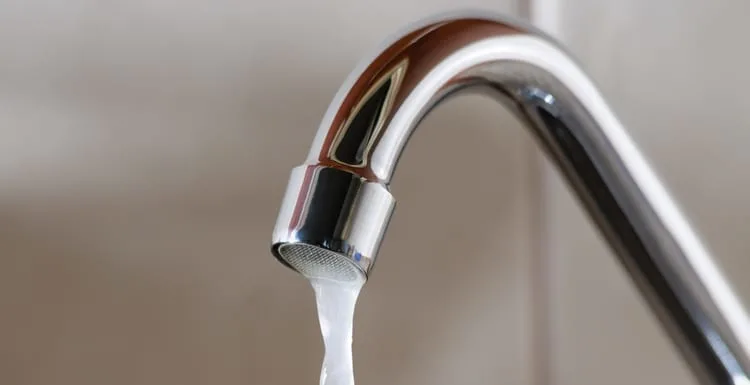Comprehensive Guide to Fixing a Leaky Tap: Specialist Tips
Comprehensive Guide to Fixing a Leaky Tap: Specialist Tips
Blog Article
Just how do you actually feel about How to Fix a Leaky Faucet?

Intro
A dripping faucet is not just bothersome however can additionally throw away a significant amount of water and cause boosted utility costs. In this detailed overview, we'll walk you with the process of repairing a leaky tap, enabling you to save water and cash while keeping your plumbing system.
Examining for Damage
Once you have actually subjected the shutoff assembly, inspect it for any indications of damage or wear. Common offenders of a dripping faucet consist of damaged washers, O-rings, or seals.
Replacing Faulty Parts
If you identify any type of broken or damaged parts, very carefully eliminate them using a wrench or pliers and replace them with new ones. Make certain to utilize the correct dimension and type of substitute parts for your tap.
Rebuilding the Tap
After replacing the damaged elements, thoroughly reassemble the faucet in the reverse order of disassembly. Make sure that all parts are correctly lined up and tightened to prevent future leakages.
Collecting Devices and Materials
Prior to you start, gather the necessary tools and products for the repair. You'll generally need a flexible wrench, screwdrivers, substitute washing machines or seals, plumber's tape, and a rag or towel to clean up any spills.
Shutting Off Supply Of Water
Locate the shut-off valve for the influenced faucet and transform it clockwise to shut down the water supply. If you're incapable to situate the shut-off valve, you might need to shut off the main water to your home.
Taking apart the Tap
Make use of a screwdriver to get rid of the handle of the faucet, subjecting the internal elements. Relying on the type of faucet, you might require to loosen a cap or collar to access the shutoff setting up.
Making Sure Proper Performance
After confirming that the tap is leak-free, test its performance by turning it on and off numerous times. Ensure that the faucet operates efficiently and without any uncommon audios or resistance.
Tidying up
Ultimately, clean up any particles or spills from the repair procedure and throw away any old or damaged components properly. Leaving the workplace spick-and-span guarantees a professional surface to your repair.
Checking for Leakages
When the tap is reassembled, transform the water supply back on and examine the faucet for leakages. If you discover any kind of leakages, verify the connections and tighten them as needed.
Conclusion
Dealing with a leaky tap is a fairly straightforward DIY job that can save you money on water costs and protect against additional damage to your plumbing system. By following this step-by-step guide, you can take on the repair service with confidence and take pleasure in the benefits of a leak-free faucet.
HOW TO FIX A LEAKY TAP IN 5 EASY STEPS
CUTTING OFF THE WATER SUPPLY TO THE TAP
Before replacing your dripping faucet, you may want to start by shutting off the water supply to the fixture. After all, you can’t exactly work on the tap if it constantly sprays water everywhere.
To do so, look for a knob underneath the sink and turn it clockwise. After this, turn the faucet on to let out any water remaining in the water supply line.
If the water doesn’t shut off even after turning the knobs, you can shut off the entire house’s water supply.
WHAT YOU’LL NEED TO FIX A LEAKY COMPRESSION FAUCET
Flat head screwdriver Toothless Plumbing wrench Towel O-ring Hex wrench Faucet washer 5 STEPS TO FIX A LEAKY COMPRESSION TAP
Rubber washers are used in compression faucets to tighten the valve seat. Think of it as a mechanism similar to a plastic bottle cap.
These faucets often leak when the rubber washer is sufficiently worn down. So, when you turn off a dripping faucet, it never cuts off the water supply entirely. This means that the problem lies with the washer itself, and replacing it would fix the water leakage.
TAKE OFF THE CAP FROM FAUCET HANDLES
First, you will have to remove the cap present on top of each faucet handle to access the inner working parts of the faucet. Lift the decorative cap using a flathead screwdriver, underneath which you will find a screw head.
Place the decorative cap close by and proceed to the next step.
REMOVE THE TAP HANDLES
Next, depending on the screw type, you can use a flathead or a hex screwdriver to loosen the exposed screw head. Doing so will loosen the faucet handles, allowing you to remove the handles entirely.
If the handles don’t loosen, penetrating oil may help you remove them relatively quickly.
REMOVE THE STEM AND ACCESS THE O-RING
Compression faucets usually have the valve stem and the nut that keeps them in place below the handles. You can use an ordinary wrench to remove the stem nut, pulling the stem out and accessing the O-ring.
Note that wrenches can easily damage the stem nut, so use a toothless wrench for the best results.
Once the stem is out, you will find the seat washer and the O-ring. This ring also keeps the faucet from leaking constantly; if it is worn out, you may need to replace it.
REPLACE THE SEAT WASHER
Seat washers are meant to compress when you turn the handles, which shuts off the water flow through the faucet. If your seat washers are worn out or damaged, you must replace them.
The seat washer may be affixed to the faucet by a screw, which you must unscrew before removing the ring. If it is an Allen screw holding the washer, use an Allen wrench to remove it.
Once the screw is out, remove the rubber seats and place a new one.
FAUCET REASSEMBLY AND TESTING
Now that the component responsible for the leaks has been taken care of, you can reassemble the faucet. Follow the disassembly guide detailed above in reverse for this.
Once reassembled, it’s time to test the fixed faucet. Open the shutoff valves under your sink (or the main water supply) and turn the tap on. If water flows through the faucet after letting some air out, consider it a job well done!
REMOVE THE FAUCET HANDLE
Disassembling a washerless faucet is similar to compression faucets. You may remove the handle using the process detailed above.
REMOVE THE INTERNAL COMPONENTS
Depending on the faucet type, you must follow a slightly different way of disassembling the faucet body.
You must remove the small circular piece to find the cartridge using needle-nose pliers for a cartridge-style faucet. This piece is known as a retaining clip, and you must not damage it.
As for a ball-type faucet, use a toothless wrench to remove the cap and collar. After this, remove the cam washer, faucet cam and ball to find the seal and springs underneath.
Lastly, a ceramic disk faucet requires removing the escutcheon cap to access the disk cylinder. Underneath this cylinder is a neoprene seal responsible for controlling the water flow.
EXAMINE THE PARTS AND REPLACE AS NECESSARY
At this point, you may have found the O-ring in a cartridge faucet. Take the cartridge from the tap and cut off the O-ring using a utility knife. After this, you can replace the ring with one coated in the plumber’s grease. If the damage is extensive, consider replacing the entire cartridge.
When dealing with a ball faucet, you can install new springs, cam washers and valve seats to fix the leak. Ensure that the replacement parts are compatible with your faucet type.
Lastly, replace the neoprene seals under the cylinder for ceramic disk-type faucets. Like with ball faucets, you should ensure the new parts are compatible with the tap. Consider replacing the entire cylinder if the damage to it is extensive enough.
REASSEMBLE AND TEST YOUR FAUCET
Now that all the fixes are made, carefully reassemble the faucet and turn the water supply back on. Test the faucet for any signs of leaks or faults; if there are none, you’re done with the task!
https://woolfplumbing.com.au/blog/how-to-fix-a-leaky-tap-in-5-easy-steps

I hope you enjoyed reading our piece about How to Fix a Leaky Faucet. Thank you for taking time to browse our short article. Make sure you take a moment to distribute this blog posting if you enjoyed reading it. I cherish your readership.
Website Report this page